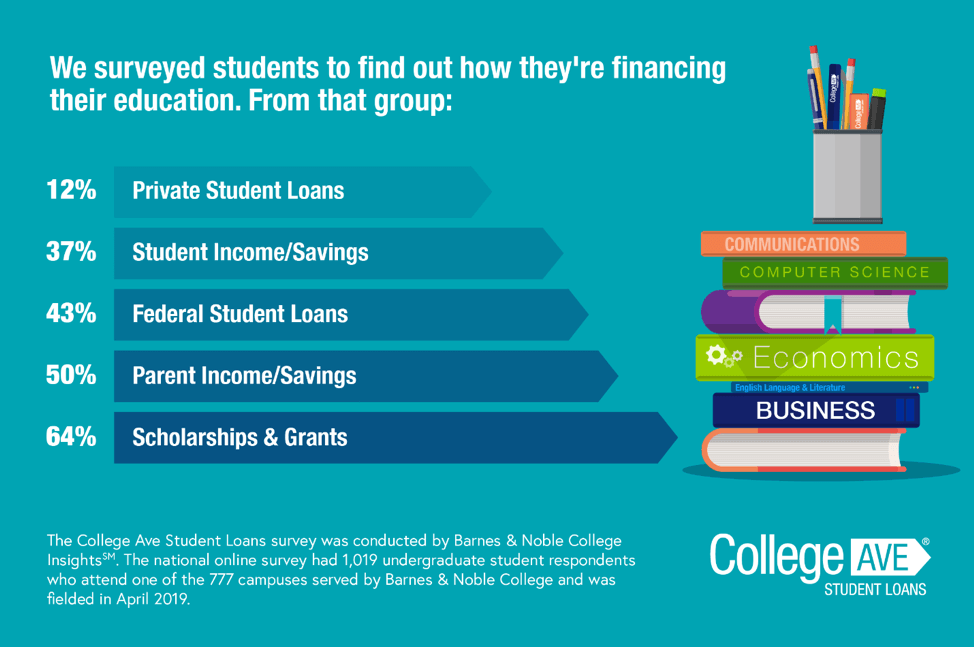
New employees can learn about their job requirements and company procedures through career training and development programs. Some of the tasks include learning how personal information can be entered into an internal system. Other important tools are also available for success in the workplace. The process could be lecture-based or digital presentations. It can take anywhere between a few months and a year. Some careers training may require a mix of lectures and digital presentations.
Career training
In today's highly technical world, career training is becoming an essential part of the workplace. Technological developments have changed the workplace in every way and created a demand for highly skilled professionals. Many organizations have to rely on non-trained staff to complete routine tasks. Career development courses can help employees make practical career decisions based on the needs of their organization. This type of course is designed for employees to gain more knowledge and skills, which in turn increases their value to the organization.
Unlike four-year degrees, career training programs are less expensive, yet not everyone can afford them out of pocket. Only half the families have enough savings to pay for higher educational costs. Follow the 1-2-3 procedure to make it possible to afford career training programs. Federal financial aid may be available. Consider splitting the cost of the course into smaller payments by working part-time if you are unable to pay the full amount.

Job outlook
The job outlook is a measure of the number of people employed in a particular occupation over a specified period of time, usually two, five, or ten years. Economists determine how many jobs are available in an industry over a specified time frame. If you are looking for a career, knowing the projected job growth is crucial. The better the job outlook, you are more likely to land a rewarding job.
Development specialists have a positive outlook with a projected 11% growth in the next decade. This means that there will be approximately 35,500 new positions created in this field. This job title is confusing as some development specialists specialize in fundraising and others focus on training staff. This is why it can take some research to figure out your career path. Also, consider your strengths and interests. Some people prefer a more introverted career such as teaching or training others.
Education required
For a career in career education and development, there are many degrees available. You can work in a variety of fields, including business administration, adult education, human resources, and instructional design. Many careers in career training and development require a bachelor's degree. These fields include many that require a master's, but these are not the only ones. Continue reading to learn more about the different degrees that are available.
Many training and developmental occupations require a fouryear bachelor’s degree. But, others don't. For example, an accountant must complete four years of college and work in a financial setting for several years before entering the field. These fields require employees to have extensive work experience, as well as some vocational or on the-job training. Many occupations fall within this category, many of them in the management area. These include cost estimators, real estate brokers, art directors, chemists, and sales managers.

You have the option of part-time or full-time work
Part-time or full-time work is a decision that you will have to make when looking for a job. Sometimes you will be asked to work parttime and later be offered a fulltime position. Before making that decision, you should understand the differences between the two options, including the hours and schedule. Be sure to research the pros and cons of each option.
Although a full-time job requires you to work full-time, there are exceptions. Often, a full-time position may require more than 30 hours per week, although the specific number will vary from employer to employer. A retail hourly worker may be considered fulltime if he or she works more then 30 hours per week. However, a salaried employee is likely to be considered part-time if he or she works less than 40 hours.
FAQ
What is an alternate school?
An alternative school is designed to give students with learning problems access to education, by supporting them with qualified teachers who understand their unique needs.
An alternative school provides children with special educational needs the opportunity to learn in a regular classroom setting.
Additionally, they receive extra support when necessary.
An alternative school isn't only for those who have been expelled from mainstream schools.
They are available to all children, regardless of their ability or disability.
What is early education for children?
Early Childhood Education focuses on helping children grow into happy and healthy adults. This includes teaching children how to read and preparing them for kindergarten.
Early childhood education is designed to help children grow and learn by providing them with appropriate experiences.
Early childhood educators are frequently called upon by parents to assess the developmental needs and abilities of any child they encounter. This helps to decide whether a particular program is best for each child.
Parents can interact with teachers and professionals who have had experience working with young kids through early childhood programs.
A key role in early childhood education is also played by parents. They need to be able to provide guidance and support for their children, and they must also know how to care for them properly.
Parents can participate in activities that will teach their children life skills.
Sometimes, early childhood education is also called preschool education. However this term is interchangeable with daycare centers. Prekindergarten education usually starts around three years of age. Early childhood education is very similar.
What is a vocational school?
Vocational schools are institutions offering programs designed for people who want to enter a specific occupation. They might also offer general education courses or training in the skills that employers require.
Because it helps young people to develop the skills that they need for success in life, vocational education is an integral part of society. It provides high-quality learning opportunities for all students.
Vocational schools offer a variety of options for students, such as apprenticeships, certificates and diplomas, degrees, college transfers programs, and other postsecondary credentials. Vocational schools offer both academic and practical courses in math, science and English.
What is the difference between college or school?
Schools are usually organized into classes (or grades) with a teacher who teaches a group of students. Colleges are larger organizations that offer more specialized programs and often include university-level courses. While schools are more focused on fundamental subjects, colleges might offer a range of subjects such as arts, science and languages. Both levels offer a variety of subjects to help students prepare for higher level study.
What are the main types of early education?
There are many ways to describe early childhood education. The most common are:
-
Preschool - Children ages 2 to 5
-
PreKindergarten - Children ages 4 to 6
-
Head Start/ Headstart for children ages 0-3
-
Day Care/ Daycares- Children aged 0-5
-
Child Care Centers: Children from 0-18
-
Family Child Care - Children ages 0 to 12
-
Homeschooling - Children from KG to 16
Should I be a specialist or branch out in one area?
Many students choose to concentrate on one subject (e.g. English History and Math) rather that branching into several subjects. It's not necessary to be a specialist. For example, if you're considering becoming a physician, you could choose to specialize in either internal medicine or surgery. You can also choose to be a general practitioner, specializing either in pediatrics or family practice, psychiatry, gerontology, or neurology. A business career could include sales, finance and marketing. The choice is yours.
Statistics
- Among STEM majors, that number is 83.5 percent. (bostonreview.net)
- Data from the Department of Education reveal that, among 2008 college graduates, 92.8 percent of humanities majors have voted at least once since finishing school. (bostonreview.net)
- Think of the rhetorical power of nineteenth-century abolitionist Harriet Beecher Stowe, Martin Luther King, Jr., or Occupy Wall Street activists with their rallying cry of “we are the 99 percent.” (bostonreview.net)
- “Children of homeowners are 116% more likely to graduate from college than children of renters of the same age, race, and income. (habitatbroward.org)
- They are also 25% more likely to graduate from high school and have higher math and reading scores, with fewer behavioral problems,” according to research at the University of Tennessee. (habitatbroward.org)
External Links
How To
How can I apply in order to be considered for a scholarship?
To apply for scholarship funding, first, make sure you qualify for it. Scholarships are granted to those who meet certain criteria.
You may also be eligible for a grant if your family is financially poor. You can qualify for a work-study program if you are enrolled in a vocational training course. A grant can also be granted if you are part of a minority community.
After determining whether you qualify for a particular type of scholarship, you can start applying.
You can apply online, in person, or over the phone. The process for applying depends on the scholarship.
You may be required to write essays on yourself and the reasons you are applying for scholarships. Others ask questions like, "Why did you choose this major?"
Many scholarships require that you fill out an application and submit supporting materials.
Your scholarship provider may review your information. If you have been selected, you will be notified either by email or mail.
You may still be eligible for another scholarship even if you aren't selected. Contact your scholarship provider for details.